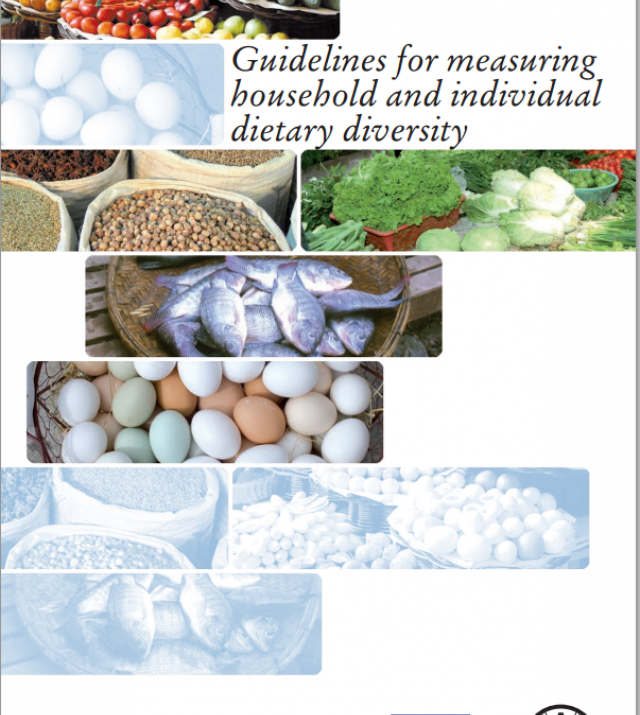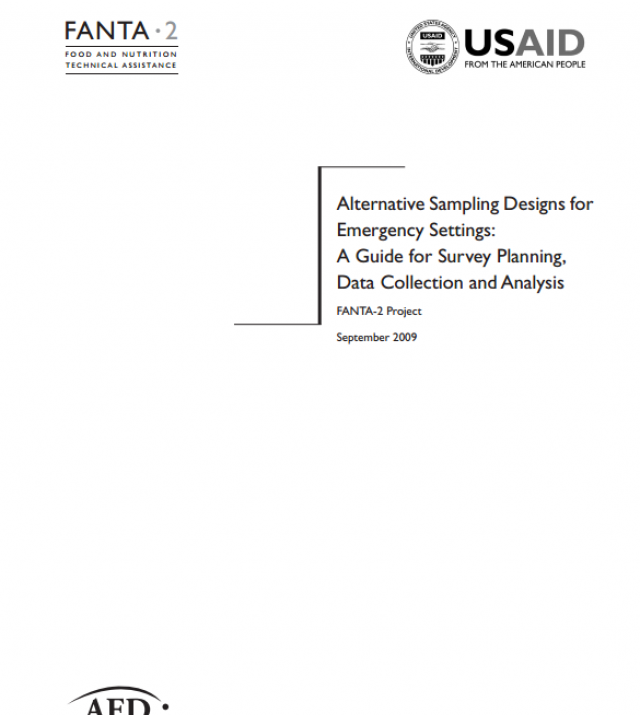
Introducing a Simple Measure of Household Hunger for Cross-Cultural Use

This technical note introduces the Household Hunger Scale (HHS), a simple, new indicator to assess household hunger in food insecure areas. The HHS consists of three questions and three frequencies that, when administered in a population-based household survey, allows for estimating the percent of households affected by three different severities of household hunger: 1) Little to no household hunger; 2) Moderate household hunger; and 3) Severe household hunger.
The HHS can be meaningfully used for assessment, geographic targeting, and monitoring and evaluation in settings affected by substantial food insecurity. Different from most indicators of household food insecurity, the HHS is unique in having been intentionally developed and validated for cross-cultural use. This means that HHS results from one food insecure context can be directly and meaningfully compared to HHS results from another food insecure context.
Here we briefly describe the origins and measurement properties of the HHS and illustrate how the HHS can be applied in both a programmatic and a policy context. To frame the discussion, we begin by defining the concept of household food security and describing key challenges associated with cross-cultural measurement of food security. We also provide an overview of common tools available for measurement of the access component of food security to highlight how these tools might be complemented by or substituted for the HHS.

